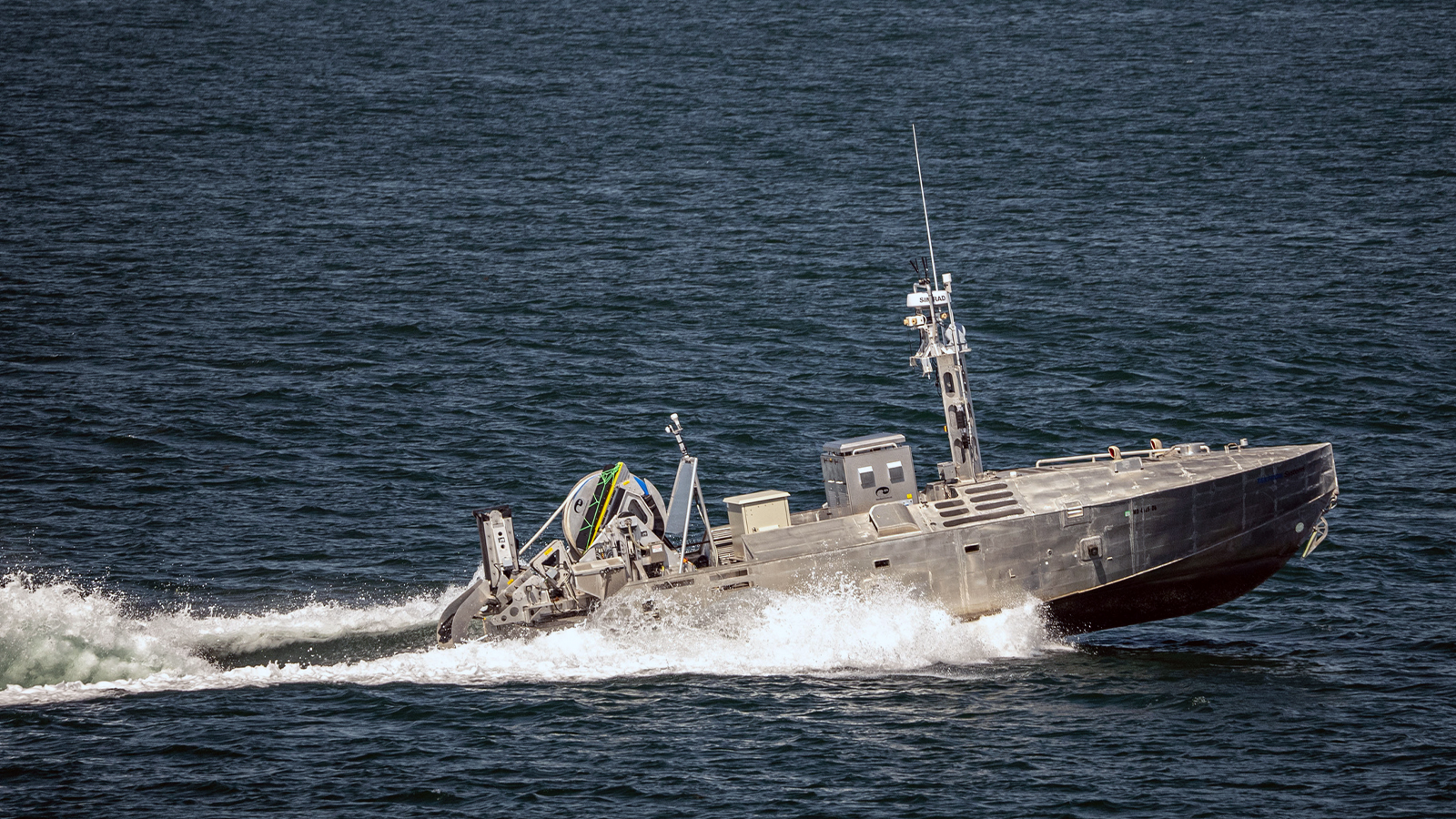NATO has launched Operation Baltic Sentry to protect its undersea power and communications cables in the Baltic Sea from sabotage. According toThe War Zone, the alliance will deploy uncrewed surface vessels (USVs) also referred to as “drone boats” to enhance its overall situational awareness in the area. At least 20 USVs are assigned to the mission, which will be deployed alongside around 12 ships from the Standing NATO Maritime Group 1 and Standing NATO Mine Countermeasures Group 1 and an unknown number of maritime patrol aircraft.
This move was made after several incidents in the past months where a Russian-affiliated vessel is suspected of damaging critical undersea cables. The first incident happened in November 2024, when a Chinese-flagged ship issuspected of damaging two communications cables connecting Finland and Swedento Central Europe, while the other event occurred a month later in December, when another shipcut a power cable and some communications cables between Finland and Estonia.

Earlier this month, the plan todeploy sea droneswas already discussed, with a NATO admiral expecting them to be deployed in June 2025. However, it seems that the alliance moved the timetable up by six months, especially given the sensitivity of the infrastructure it needed to protect.
These USVs will likely have several sensors onboard, including optical and electromagnetic, and will be combined with other data that will be shared to all stakeholders. “Those requirements will focus on delivering situational awareness, through largely passive sensors (including imagery and the electromagnetic spectrum) and generating the necessary number of platforms to cover the areas of interest,” A NATO spokesperson told The War Zone. “The initiation foresees the fleet evolving over phases, allowing for the opportunities to scale the effort, integrate new or different technologies, and broaden the operational domains.”

On the other side of the world, Taiwan is also increasing its surveillance of its undersea cable network after a Chinese-owned cargo ship wassuspected of sabotaging an undersea internet cable connecting the island country to the East Coast of the United States. The Taiwanese Navy and Coast Guard will work together to monitor ships, especially those suddenly changing speeds or following erratic and unusual paths. Authorities said that the Navy will deploy ships at the Coast Guard’s request, and that it will also board suspicious vessels for inspection or seizure, if required.
Get Tom’s Hardware’s best news and in-depth reviews, straight to your inbox.
Jowi Morales is a tech enthusiast with years of experience working in the industry. He’s been writing with several tech publications since 2021, where he’s been interested in tech hardware and consumer electronics.